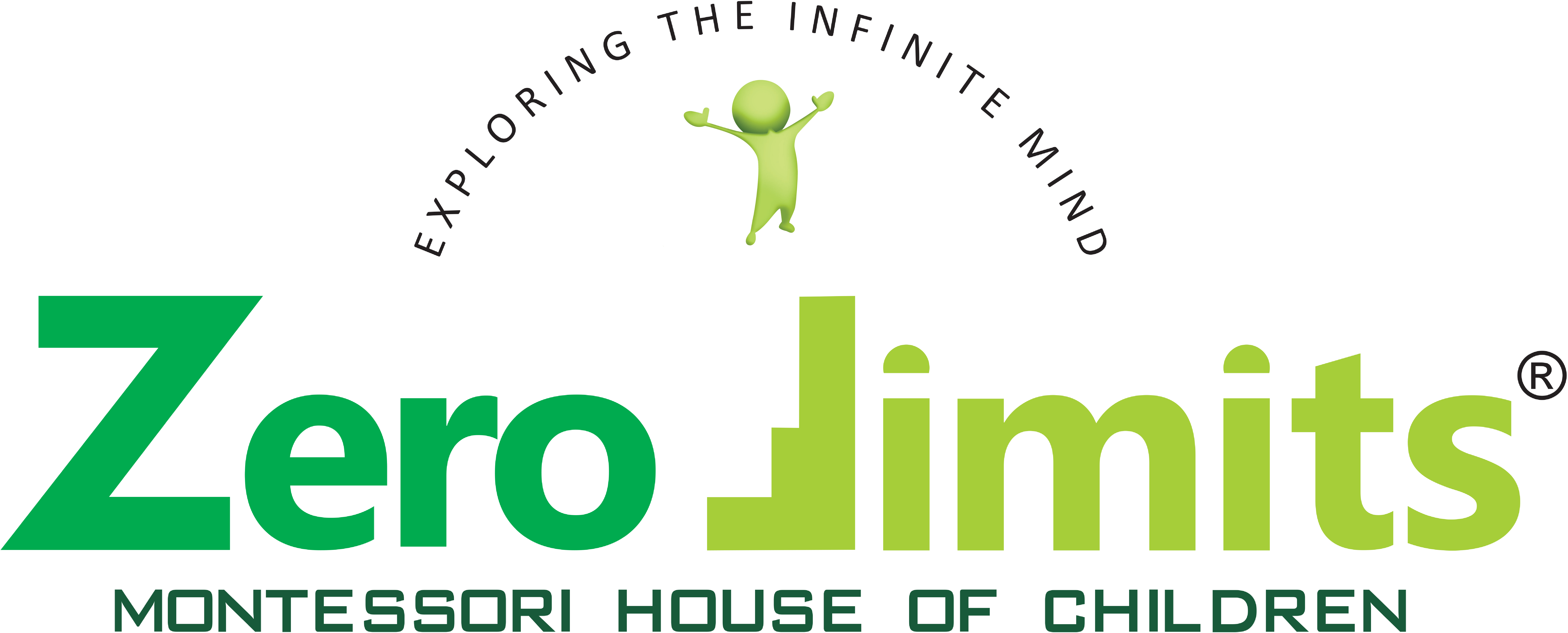
Introduction
The late 1800s and early 1900s saw many scientists, researchers, psychologists and even doctors studying the child’s mind for the first time with a scientific eye. They observed the child’s behavior in detail from birth and to their surprise! discovered a whole new reality hidden behind those innocent eyes. All the preconceived notions held by mankind about the child until then went out the window.
They found the child naturally curious and internally wired to learn! They learned that the children did not need a push when they were given the right environment to cater to their needs. And that they have different sensitivities at different ages and are even naturally inclined to understand Mathematics!
It is all about WHEN and HOW it is given to them.
The Montessori method was one of the great achievements of this time founded by Dr. Maria Montessori, a doctor and scientist. Based on all these findings and a three-decade-long research of her own, comes an educational method which is child-centric and aids the child in learning naturally.
The Montessori method comes from THE CHILD.


Core Principles
-
Child Centered Approach
Montessori Education is built on the principle; “Follow the child.” The child is at the center of the education system where learning happens in sync with his inner, natural requirements. The materials, the environment, the presentation method and the time of introduction are in sync with the child’s inner interests therefore it need not be forced upon him rather he gravitates to it on his own. ‘Respecting’ the child, his words and deeds are crucial in the formation of the child and therefore adhered-to sincerely in this method of education.
-
Working with their Clock
Dr. Montessori over her years of working with children observed that they have what she called ‘Sensitive Periods’ for learning. This means that the children are naturally inclined towards learning a particular skill at a particular time in their life. For instance; it is observed that the child naturally develops an inclination towards learning quantities (math) around the age of three and a half years. It is also observed that children tend to ‘explode’ into writing at around four and a half years and so on. When an education system recognizes these periods and supports the child through the same, we have the teacher and the child going in a flow in a suitably designed environment and resulting in a positive learning experience which reflects on the child’s growing personality and psyche.
-
The Learning Triangle
The beauty of the Montessori system is depicted in this diagram where the child learns by interacting with his physical environment, with the teacher as his guide. The environment holds the materials that the child will work with, and they are specially designed keeping the child’s developmental needs in mind. The teacher here is a Specially Trained Adult who has learnt to trust in the child’s innate potential for natural development. Here the teacher does not teach the child but the child teaches himself with the help of the teacher and the environment.
The prepared environment provides an optimal balance between independence and discipline, helps develop coordinated movements, builds self-esteem, concentration and intellect and encourages exploration and social development.



 No.187, 2nd cross, 14th main RBI Layout, JPNagar 7th phase, Bangalore - 560078
No.187, 2nd cross, 14th main RBI Layout, JPNagar 7th phase, Bangalore - 560078 +91 96203 63529, +91 96203 61929
+91 96203 63529, +91 96203 61929 info@zerolimits.in
info@zerolimits.in


